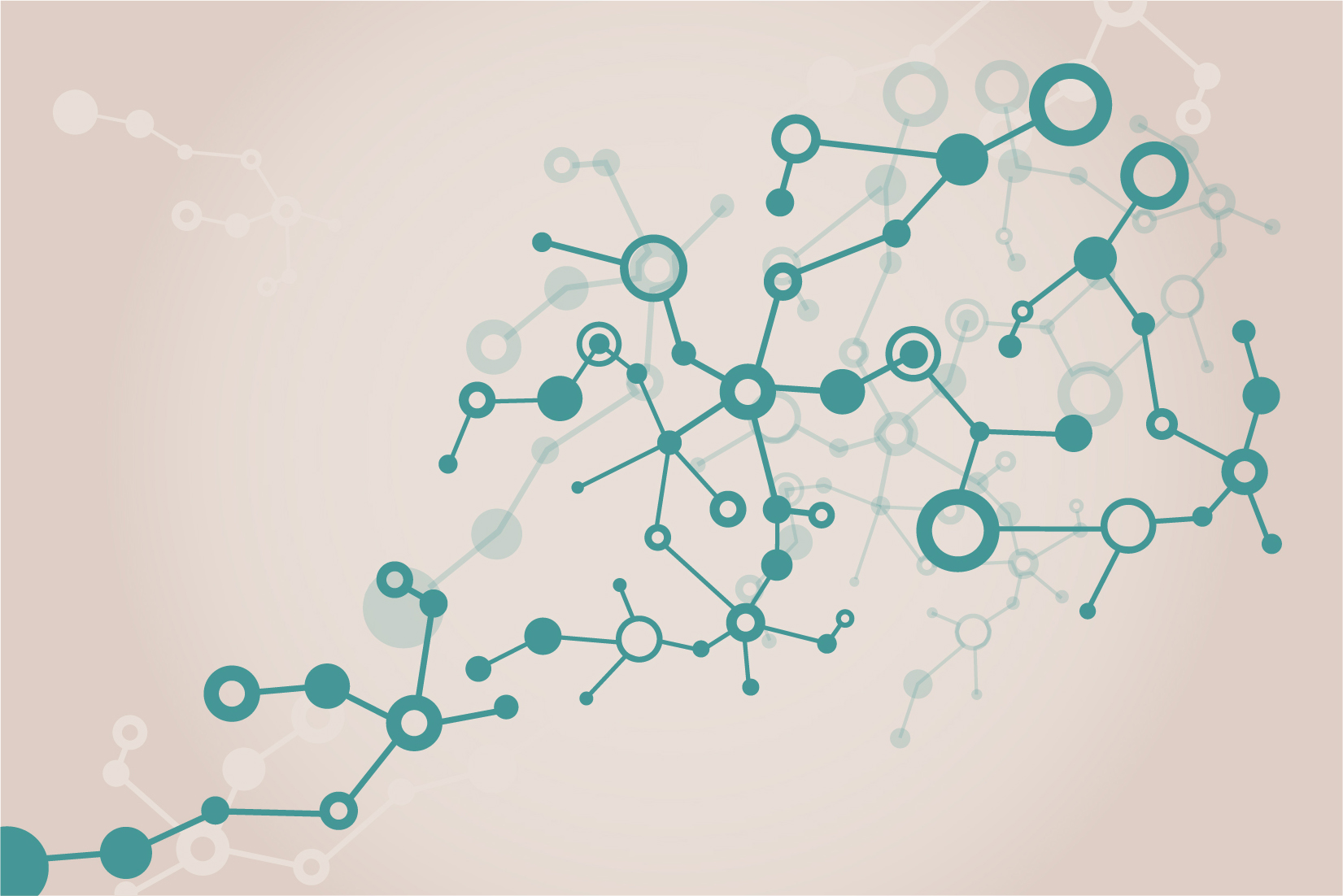
EU-Strategie-FH Project
Implementation of an EU strategy at the Technische Hochschule Nürnberg Georg Simon Ohm – OHM-FitForEU
Nuremberg Institute of Technology

EU-Strategie-FH Project
Nuremberg Institute of Technology

The OHM-FitforEU project is dedicated to implementing an EU strategy to boost the potential of regional and national projects and to drive development, on the individual and institutional level, towards European networks and research collaborations in order to increase participation in the Research and Innovation Framework Program Horizon2020 and increase the reputation and visibility of the university’s own researchers in the international scientific community.
Since receiving the special designation Technische Hochschule from the Bavarian government in 2013, Nuremberg Tech has developed a vision that meets societal challenges, adheres to high quality standards and positions itself regionally, nationally, and internationally.
The mission is oriented – analogous to the research strategy of the European Union and the high-tech strategy of the Federal Government – on future-oriented topics, economic sectors or application fields, and also reflects the existing economic profile of the region.
The greatest potential for cooperation projects with a view to European markets in the H2020 program is particularly in three focus areas: Digitization and Industry 4.0, New Materials & Raw Materials, and Urban Technologies. Although the university is a global player with 160 university partnerships worldwide, the research potential from these partnerships is not fully tapped. The OHM-FitForEU project aims to develop and implement an EU strategy to increase the interest of researchers in European projects and better supporting them in the initiation, application, and implementation process of European projects.
Nuremberg Tech already participates successfully in the European program H2020. Nevertheless, the university has set itself the goal of significantly increasing the number of applications submitted and the visibility and reputation of our researchers in the international scientific community and thus significantly improving the chances of further participation in EU projects.
In particular, the CHE Working Paper 187 highlighted the lack of time and resources as a barrier to research at universities of applied sciences (UAS). The teaching commitment of 18 contact hours per week leaves little room for time for R & D activities, especially as research staff at UAS is largely absent. From the point of view of the EU research managers at UAS, absent or “wrong” networks (in particular regional networking) of the professors are often cited as a reason for weak participation. However, international networking of scientists is one of the most important prerequisites for active participation in international research and innovation projects (R & I). In summary significant obstacles for the scientists to participate in an EU project include the lack of time and personnel resources, the high administrative burden of European R & I activities, and the lack of networking and cooperation opportunities. From this, the demand of the scientists was derived, which is explained in the work plan with detailed measures.
The limited resources already described will be counteracted by an incentive system for the scientists. It will consist of a proportional exemption from teaching and the provision of travel allowances. In addition, the increased staff of the EU research manager team at the university will provide more support, not only in networking, the application process, and project implementation (controlling), but also in research marketing (for example, in presentations, creation of research profiles, information leaflets). Thus, the profile of the university in the European Research Area should be improved. Furthermore, the university should promote its institutional networking more strongly and more subject-focused, as well as promote individual networking in order to integrate into strong consortia as a partner. As a further measure, the project will support and encourage national projects and networks or projects supported by European Regional Development Funds (ERDF) to merge with already existing, thematically appropriate H2020 projects, in order to maximize synergies for the university (e.g., creation of joint cooperation between those projects, publications, etc.).
2018-6-1 to 2022-12-31

Kerstin Seidel
Research Manager
+49 911 5880-4057